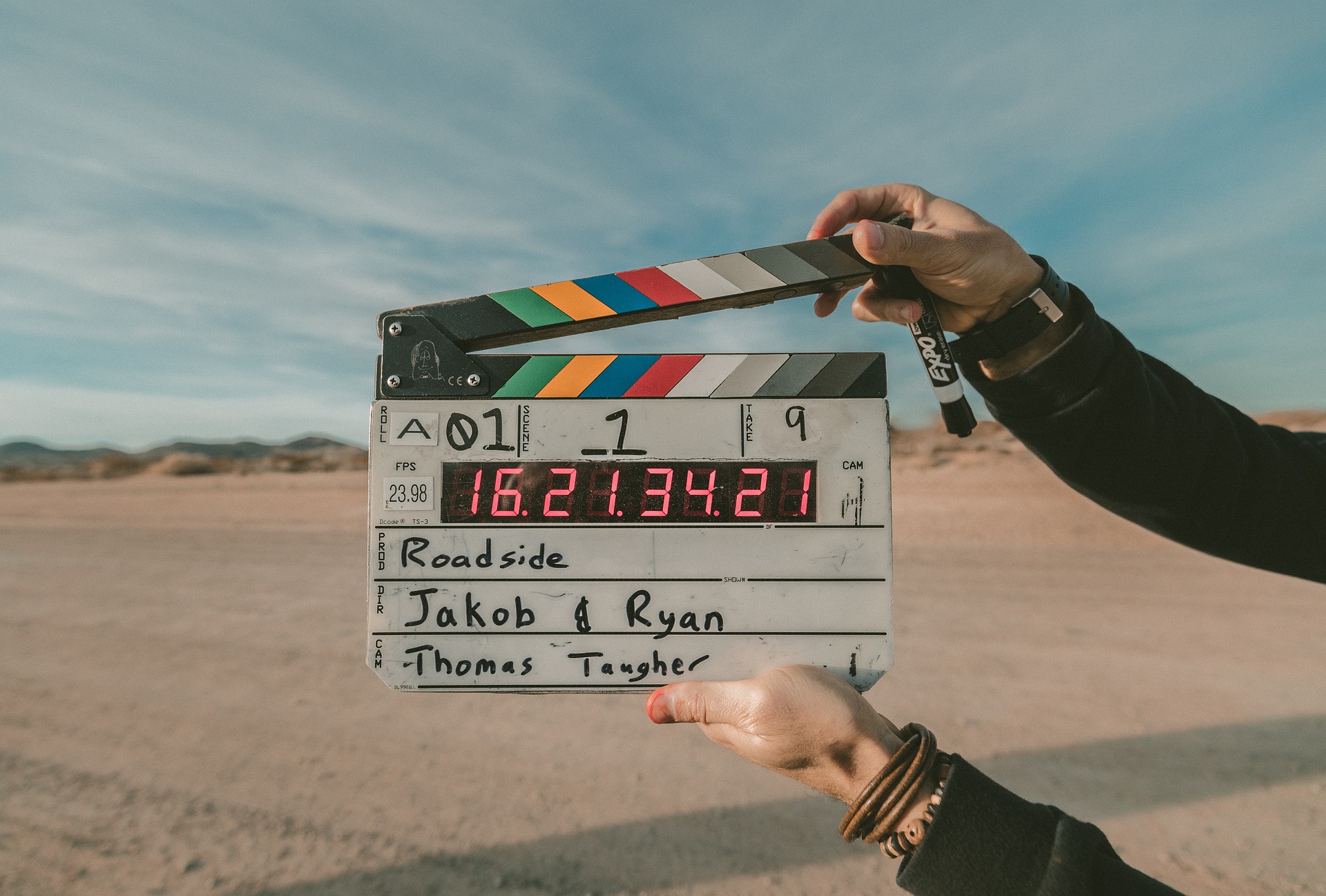Unmasking Secrets of the Mime: Performing Silence on Stage
In a world saturated with noise and visual stimuli, the mime's silent artistry provides a refreshing counterbalance. This article delves into the history, current trends, and impact of mime, a performance art form that communicates through silence, and its growing significance in our sensory-overloaded world.
A Brief History of Mime
Mime, as we know it today, can trace its roots back to ancient Greece and Rome. It was a form of theatrical expression that relied solely on gesture, movement, and facial expressions, with no spoken dialogue. The ancient mime was often comedic, with characters mimicking everyday life events to entertain spectators.
During the Middle Ages, mime found its place in the traveling troupes of performers who entertained crowds with their silent storytelling. In the 20th century, mime evolved into a more sophisticated art form, thanks largely to the work of French actor and mime artist Marcel Marceau. His work revitalized the art of mime and brought it to the attention of a wider audience.
Mime in Contemporary Times
Today, mime has evolved and adapted to modern sensibilities. While traditional mime continues to be performed, there are also numerous experimental forms that break away from the silent, white-faced stereotype. Mime shows now often incorporate multimedia elements, and some even use vocal sound effects to enhance the storytelling.
The landscape of mime has also been shaped by the rise of physical theatre, a genre that blends mime, dance, and drama. Companies such as the UK’s Frantic Assembly and the US’s Pilobolus are redefining the boundaries of mime, creating performances that are physical, dynamic, and highly engaging.
The Impact and Significance of Mime
The power of mime lies in its universal language of movement. It transcends the barriers of language, making it accessible to anyone, anywhere. Moreover, mime’s reliance on nonverbal communication mirrors our everyday interactions, where words often come second to the nuances of body language.
In an era of technology and constant communication, mime offers a moment of silence and reflection. Its silent storytelling compels audiences to tune into the subtleties of human expression and emotion, bringing a depth of understanding often overlooked in our fast-paced world.
Reception and Influence of Mime
Mime is enjoying a resurgence of interest, partly due to its adaptability and its profound ability to communicate without words. It’s being used in various fields, from therapy to education, as a tool for enhancing nonverbal communication skills.
In the entertainment industry, mime has influenced many areas, including film and animation. The physical comedy of actors like Charlie Chaplin and Rowan Atkinson, or the human-like movements of animated characters, owe much to the art of mime.
The Future of Mime
While mime may not be mainstream, its influence is undeniable. As we move further into the digital age, the simplicity and universality of mime offer a unique form of entertainment and communication. The future of mime looks promising, with new generations of performers pushing the boundaries and exploring the possibilities of this fascinating art form.
In conclusion, mime, the unspoken language of gesture and expression, continues to captivate audiences worldwide. Its history, evolution, and impact remind us of the power of silence and the beauty of communicating without words. As our world gets louder, the silent stage of the mime offers a much-needed pause, a space for reflection, and a return to the essence of human connection.





